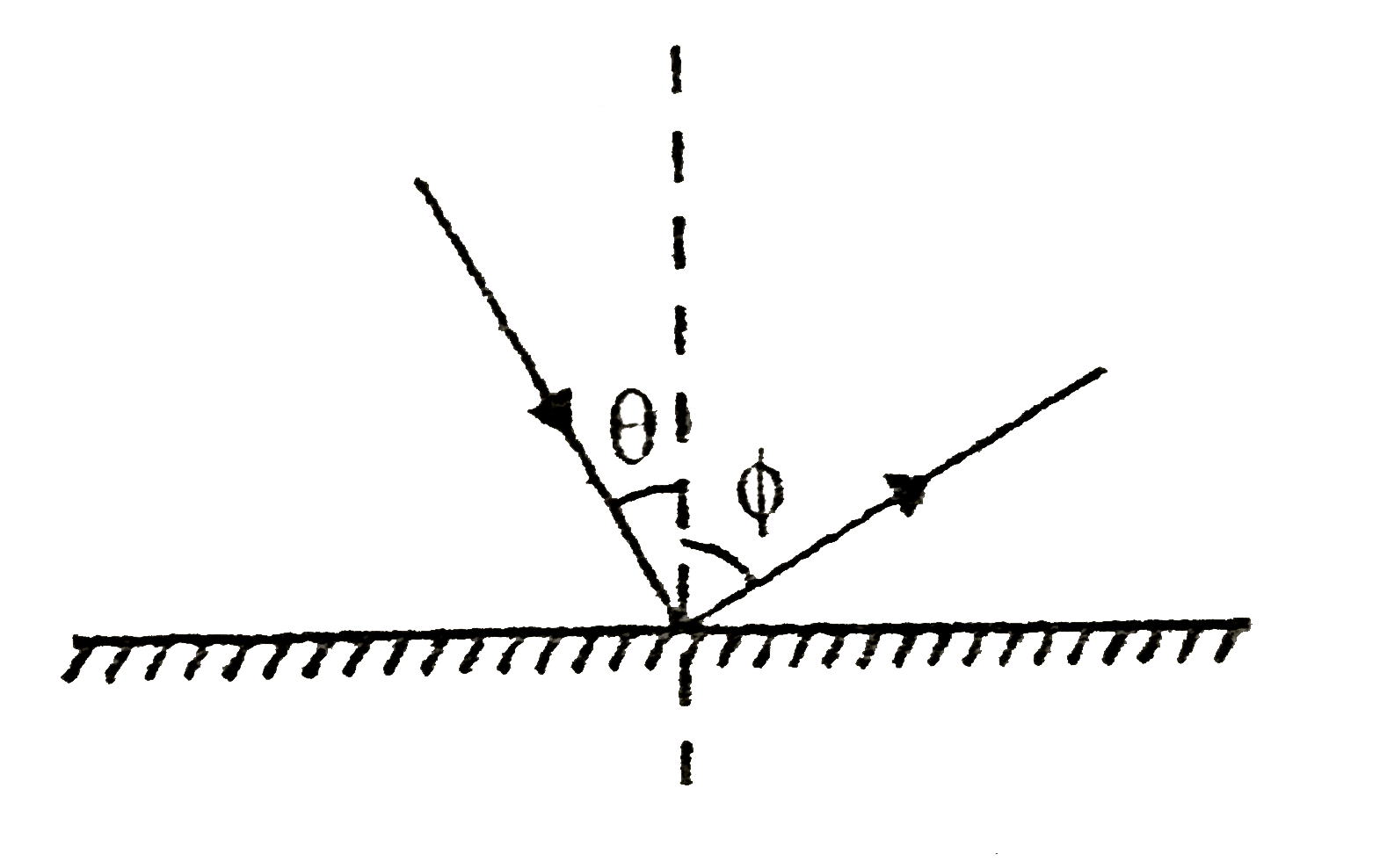If scattering particles are for angle than this will be at angle
224
256
98
108
The correct Answer is:A
To solve the problem of finding the number of scattered particles at a 60∘ angle given that there are 56 particles scattered at a 90∘ angle, we can use the relationship between the number of scattered particles and the sine function.
1. Understand the Relationship:
The number of scattered particles n is inversely proportional to sin4(θ/2). This can be expressed as:
n∝Ksin4(θ/2)
where K is a constant.
2. Set Up the Ratio:
For two angles, θ1=90∘ and θ2=60∘, we can write:
n1n2=sin4(θ2/2)sin4(θ1/2)
Here, n1=56 (for 90∘) and n2 is what we want to find (for 60∘).
3. Calculate sin Values:
- For θ1=90∘:
sin(90∘2)=sin(45∘)=1√2
Therefore,
sin4(45∘)=(1√2)4=14
- For θ2=60∘:
sin(60∘2)=sin(30∘)=12
Therefore,
sin4(30∘)=(12)4=116
4. Substitute Values into the Ratio:
Now substitute the values into the ratio:
56n2=11614=116×41=416=14
5. Solve for n2:
Rearranging gives:
n2=56×4=224
6. Conclusion:
Therefore, the number of scattered particles at a 60∘ angle is 224.
Final Answer:
The number of scattered particles at 60∘ is 224.
The number of scattered particles n is inversely proportional to sin4(θ/2). This can be expressed as:
n∝Ksin4(θ/2)
where K is a constant.
For two angles, θ1=90∘ and θ2=60∘, we can write:
n1n2=sin4(θ2/2)sin4(θ1/2)
Here, n1=56 (for 90∘) and n2 is what we want to find (for 60∘).
- For θ1=90∘:
sin(90∘2)=sin(45∘)=1√2
Therefore,
sin4(45∘)=(1√2)4=14
sin(60∘2)=sin(30∘)=12
Therefore,
sin4(30∘)=(12)4=116
Now substitute the values into the ratio:
56n2=11614=116×41=416=14
Rearranging gives:
n2=56×4=224
Therefore, the number of scattered particles at a 60∘ angle is 224.
The number of scattered particles at 60∘ is 224.
Topper's Solved these Questions
- ATOMSBook:DC PANDEY ENGLISHChapter:ATOMSExercise:ASSERTION AND REASON
Explore 10 Videos
- ATOMSBook:DC PANDEY ENGLISHChapter:ATOMSExercise:MATCH THE COLUMNS
Explore 4 Videos
- ATOMSBook:DC PANDEY ENGLISHChapter:ATOMSExercise:Check point 12.3
Explore 15 Videos
- ALTERNATING CURRENTBook:DC PANDEY ENGLISHChapter:ALTERNATING CURRENTExercise:JEE MAIN
Explore 62 Videos
- CAPACITORSBook:DC PANDEY ENGLISHChapter:CAPACITORSExercise:OBJECTIVE_TYPE
Explore 1 Video
Similar Questions
Convert 60∘ angle into radian.
View SolutionA particles strikes a smooth surface at an angle θ and rebounds at an angle ϕ. Coefficient of restitution is 0<e<1, then

STATEMENT-1 : If the same particle is thrown at angle ϕ , it will rebound at an angle θ.
and
STATEMENT-2 : ϕ is greater than θ.
View Solution
Knowledge Check
Assertion: For the scattering of α-particles at a large angles, only the nucleus of the atom is responsible.
Reason: Nucleus is very heavy in comparison to electrons.Aif both assertion and reason are true and reason is the correct explanation of assertion.Bif both assertion and reason are true but reason is not the correct explanation of assertion.Cif assertion is true but reason is false.Dif both assertion and reason are false.
In Rutherford experiments on α-ray scattering the number of particles scattered at 900angle be 28 per minute. Then the number of particles scattered per minute by the same foil, but at 600 is
View SolutionIf the angle of prism is 60∘ and the angle of minimum deviation is 40∘ , the angle of refraction will be
View SolutionIn Rutherford scattering experiment for scattering angle of 180∘, what be the value of impact parameter?
View SolutionAn angle is 30∘ larger than a straight angle. Find the angle
View SolutionIf XeOF4 how many angles are of 90∘?
View SolutionIn the following figure , angle B=90∘∠ADB=30∘and∠ACB=60∘
If ∠CD=m find AB .
(##SEL_RKB_ICSE_MAT_IX_CR_02_E01_162_Q01.png" width="80%">
View SolutionThree angles of a quadrilateral are 75∘,90∘and75∘, then the fourth angle is
View Solution